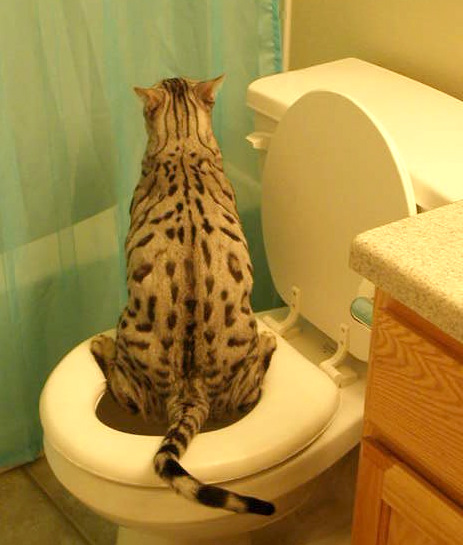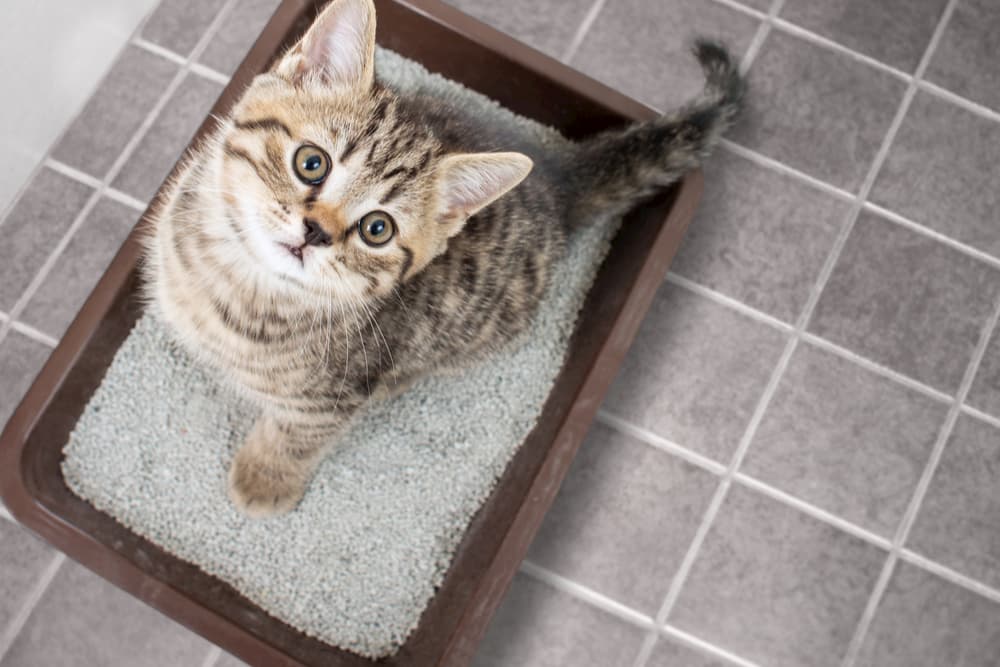My Hazards of Animal Waste in the Toilet
My Hazards of Animal Waste in the Toilet
Blog Article
What're your opinions on Don't Flush Your Pets Poo Down The Loo, Vet Warns?

When it pertains to getting rid of waste, especially animal waste, many individuals frequently turn to the hassle-free choice of flushing it down the commode. However, this seemingly easy option can have severe consequences for the atmosphere and public health. In this write-up, we'll discover why flushing animal waste down the commode is a negative idea and give different approaches for appropriate disposal.
Intro
Correct waste disposal is important for maintaining environmental sustainability and public health. While it may seem harmless to flush animal waste down the commode, it can bring about numerous concerns, both for the environment and human well-being.
Dangers of flushing animal waste
Ecological influence
Flushing pet waste introduces damaging germs and virus right into rivers, which can adversely affect aquatic ecosystems. These virus can contaminate water sources and injury aquatic life, disrupting delicate ecosystems.
Public health issues
Pet waste includes unsafe germs such as E. coli and Salmonella, which can position serious health threats to humans. Flushing animal waste down the toilet can pollute water supplies, bring about the spread of illness and infections.
Alternatives to flushing
Rather than flushing animal waste down the toilet, there are a number of alternative disposal techniques that are much more eco-friendly and sanitary.
Composting
Composting pet waste is an eco-friendly method to dispose of it. By composting, organic matter is broken down right into nutrient-rich dirt, which can be utilized to feed yards and plants.
Landfill disposal
Throwing away animal waste in a garbage dump is one more alternative. While not as environmentally friendly as composting, it is a more secure option to flushing, as it stops the contamination of water resources.
Pet garbage disposal systems
There are customized family pet waste disposal systems readily available that safely and hygienically get rid of animal waste. These systems typically utilize enzymes to break down waste and get rid of odors.
Actions to appropriate pet waste disposal
To make certain appropriate disposal of animal waste, adhere to these actions:
Scooping and getting waste
On a regular basis scoop and bag animal waste making use of biodegradable bags. This stops waste from contaminating the setting.
Utilizing assigned waste bins
Dispose of bagged animal waste in designated waste containers, such as compost bins or landfill bins. Avoid flushing it down the toilet in all prices.
Cleaning litter boxes and pet dog locations on a regular basis
Frequently tidy litter boxes and family pet locations to stop the buildup of waste and microorganisms. Usage pet-safe cleansing products to preserve hygiene.
Advantages of proper disposal methods
Embracing proper disposal methods for pet waste offers numerous benefits:
Decreased environmental pollution
Proper disposal approaches reduce the risk of environmental pollution, protecting rivers and environments from contamination
Minimized risk of water contamination.
By avoiding flushing animal waste down the toilet, the risk of water contamination is significantly reduced, guarding public health.
Enhanced cleanliness and health
Appropriate disposal techniques advertise much better hygiene and health, producing a more secure atmosphere for both people and animals.
Final thought
To conclude, purging pet waste down the commode is dangerous to the atmosphere and public health. By embracing different disposal approaches and adhering to proper waste management techniques, we can decrease the unfavorable impact of pet waste and add to a cleaner, healthier earth.
What To Do With Dog Poo – The Do's And Don'ts Of Disposing Of Faeces
Dog poo bins
Some councils provide dedicated dog waste bins in popular dog-walking areas that can take dog poo that has been bagged but you can legally dispose of dog waste in any public litter bin, as long as it is securely bagged. This also applies to your wheelie bin at home.
Do not flush
Water companies do not recommend flushing dog faeces down the toilet because certain parasites can survive the water processing treatment and are potentially harmful to humans. You should also never consider flushing dog poo that has been bagged down the toilet as the bags will not break down and instead create severe blockages in the sewage system.
In the woods
The Forestry Commission promotes a ‘stick and flick’ method for dealing with waste in the woods. This means finding a stick and using it to flick any poo from off the path so that it is out of the way of other walkers. You could also bury it as long as it is not in an area where there might be livestock.
Livestock
Parasites found in dog poo can be transmitted to livestock if they inadvertently eat infected faeces that has been left on grazing land. This could result in the death of sheep or abortion in cattle so you should always make sure you pick up your dog’s waste in fields where livestock could be present.

Frequently tidy litter boxes and family pet locations to stop the buildup of waste and microorganisms. Usage pet-safe cleansing products to preserve hygiene.
Advantages of proper disposal methods
Embracing proper disposal methods for pet waste offers numerous benefits:
Decreased environmental pollution
Proper disposal approaches reduce the risk of environmental pollution, protecting rivers and environments from contamination
Minimized risk of water contamination.
By avoiding flushing animal waste down the toilet, the risk of water contamination is significantly reduced, guarding public health.
Enhanced cleanliness and health
Appropriate disposal techniques advertise much better hygiene and health, producing a more secure atmosphere for both people and animals.
Final thought
To conclude, purging pet waste down the commode is dangerous to the atmosphere and public health. By embracing different disposal approaches and adhering to proper waste management techniques, we can decrease the unfavorable impact of pet waste and add to a cleaner, healthier earth.
What To Do With Dog Poo – The Do's And Don'ts Of Disposing Of Faeces
Dog poo bins
Some councils provide dedicated dog waste bins in popular dog-walking areas that can take dog poo that has been bagged but you can legally dispose of dog waste in any public litter bin, as long as it is securely bagged. This also applies to your wheelie bin at home.
Do not flush
Water companies do not recommend flushing dog faeces down the toilet because certain parasites can survive the water processing treatment and are potentially harmful to humans. You should also never consider flushing dog poo that has been bagged down the toilet as the bags will not break down and instead create severe blockages in the sewage system.
In the woods
The Forestry Commission promotes a ‘stick and flick’ method for dealing with waste in the woods. This means finding a stick and using it to flick any poo from off the path so that it is out of the way of other walkers. You could also bury it as long as it is not in an area where there might be livestock.
Livestock
Parasites found in dog poo can be transmitted to livestock if they inadvertently eat infected faeces that has been left on grazing land. This could result in the death of sheep or abortion in cattle so you should always make sure you pick up your dog’s waste in fields where livestock could be present.

Do you appreciate more info about Should you flush animal waste down the toilet? Give a review down below. We would be happy to know your insights about this write up. In hopes to see you back again in the future. Do you know somebody else who is truly interested in the subject? Why not share it. I treasure reading our article about 4 Reasons Why Dog Poop Cleanup is Important.
Click Here Report this page